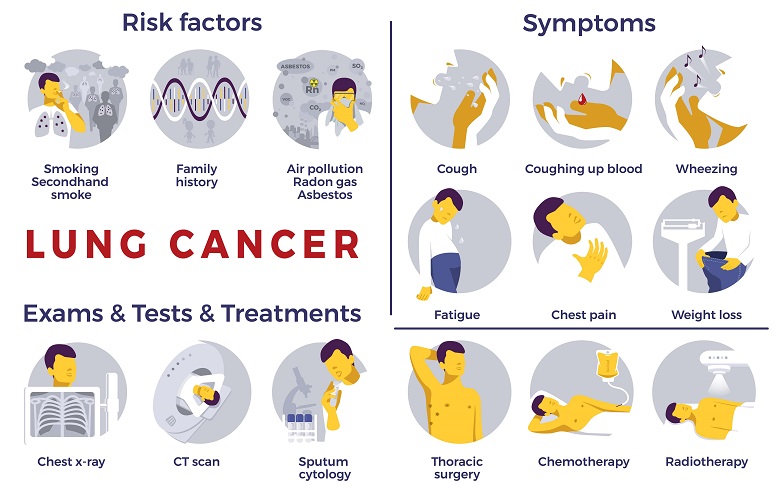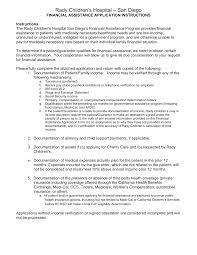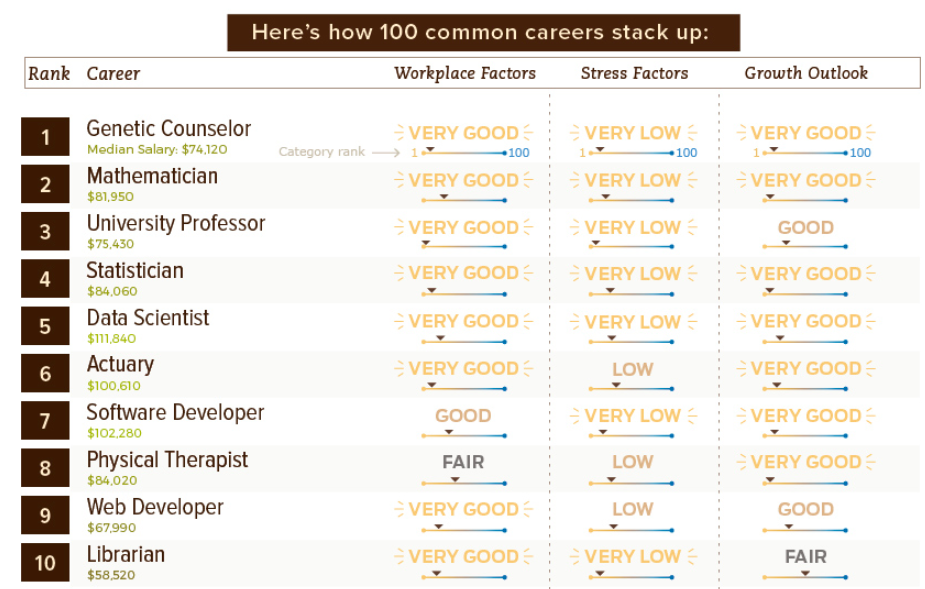
California home care is a wonderful way to support senior loved ones in their homes. They receive housekeeping, personal care, and other support from an agency. These services may be provided for as little as an hour each day as well as for several hours. A professional caregiver will assess your needs and create a personalized plan for you.
In-home care costs in California vary depending on where you live and what service you are looking for. In-home care agencies charge $200 to $350 per hour for an hour of assistance. The agency's reputation and experience will determine the cost of your care. It also depends on how many hours you need. Costs will go up if your loved-one requires specialized services, such incontinence care.
The cost of in home care in San Francisco is the highest in the state, at $6,292 a month. Los Angeles costs $4,862 and Sacramento costs $4,362. However, it's important to keep in mind that in the state of California, the average monthly cost is about $5,335 or lower.
Medicare is a federal health insurance program for people over the age of 65. While Medicare does not cover non-medical in-home care, some Medi-Cal programs do. The In-Home Supportive Services, (IHSS), program and Meals on Wheels are two examples of such programs. These programs cover meals, medical transportation, laundry and grocery shopping.

A Medi-Cal waiver might be an option if you are concerned about California's high cost of in-home healthcare. The program provides assistance for seniors living in low-income households. Only one program can be signed up at a time. Applicants must meet Medi-Cal financial requirements. The IHSS program requires applicants to have a referral from a physician.
Support at Home is another option available to seniors. This federally funded program assists people with disabilities in staying at home instead of in a nursing center.
Adrin Narzarian (California Assemblyman) is sponsoring bills that will help older adults. These caregiver support programs are expected to cost him nearly $900 million.
Visiting Angels is a national network of non-medical elderly caretakers. There are franchises available in Gold River and Orangevale.
Many seniors prefer to age in their own home, even if it is difficult for them to do so. In-home care is usually more expensive than assisted housing. In-home care can be more expensive for people with dementia. It is a progressive disease that begins with small, unnoticeable memory blips. It is time to find in-home help for those with Alzheimer's and other dementia symptoms.

A new study of the US's home care costs has revealed that the national median is $4290 per mois. Californians are more expensive than the national average by over $1,000
Oregon's cost for in-home healthcare is lower than the average national at $6,006. The cost of in-home care in Nevada is $5,148 per month.
FAQ
What should I know about vaccines?
Vaccines provide a very safe and effective way of keeping you healthy. Vaccines work by protecting you against certain diseases. Vaccinations are usually given at specific times during childhood, adolescence, and adulthood. Your doctor will discuss when it is best to get vaccinated.
What is my role in public health?
Participating in prevention activities can help you protect your health as well as the health of others. You can also help improve public health by reporting illnesses and injuries to health professionals so they can take action to prevent future cases.
What is a system of health in public health and what does it mean?
The entire process of providing medical services to the population is called Health System. It includes service delivery, financing, regulation, research, education, training, and information systems.
How can I make sure my family has access to quality health care?
Most likely, your state has a department or health that ensures everyone has affordable healthcare. Some states have programs that provide coverage for low-income families who have children. For more information on these programs, contact the Department of Health of your state.
Statistics
- Over the first twenty-five years of this transformation, government contributions to healthcare expenditures have dropped from 36% to 15%, with the burden of managing this decrease falling largely on patients. (en.wikipedia.org)
- About 14 percent of Americans have chronic kidney disease. (rasmussen.edu)
- For the most part, that's true—over 80 percent of patients are over the age of 65. (rasmussen.edu)
- Healthcare Occupations PRINTER-FRIENDLY Employment in healthcare occupations is projected to grow 16 percent from 2020 to 2030, much faster than the average for all occupations, adding about 2.6 million new jobs. (bls.gov)
- The healthcare sector is one of the largest and most complex in the U.S. economy, accounting for 18% of gross domestic product (GDP) in 2020.1 (investopedia.com)
External Links
How To
What are the main segments of the Healthcare Industry industry?
The healthcare industry includes the following key segments: diagnostics/biotechnology, pharmaceuticals/diagnostics, therapeutics/health information technology, medical device, and equipment.
Defibrillators, blood pressure monitors (defibrillators), stethoscopes, and ultrasound machines are some examples of medical devices. These devices are designed to diagnose or prevent disease.
Pharmaceuticals are medicines that are prescribed to cure disease or relieve symptoms. These include antibiotics.
Diagnostics are tests done by laboratories to determine illness or injury. You can get blood tests, urine samples or CT scans.
Biotechnology is the use of living organisms, such as bacteria, to create useful substances that can then be applied to humans. You can find examples such as vaccines, insulin and enzymes.
The treatment of disease or symptoms with therapeutics is a medical procedure that humans receive. They may include drugs, radiation therapy, or surgical interventions.
Information technology for health is a category of computer software that helps physicians and their teams manage patient records. It helps doctors and their teams track which medications are being used, when they should have been taken, and if they work properly.
Medical equipment is anything used to diagnose, treat, or monitor conditions or illnesses. Examples include dialysis machines, pacemakers, ventilators, operating tables, etc.